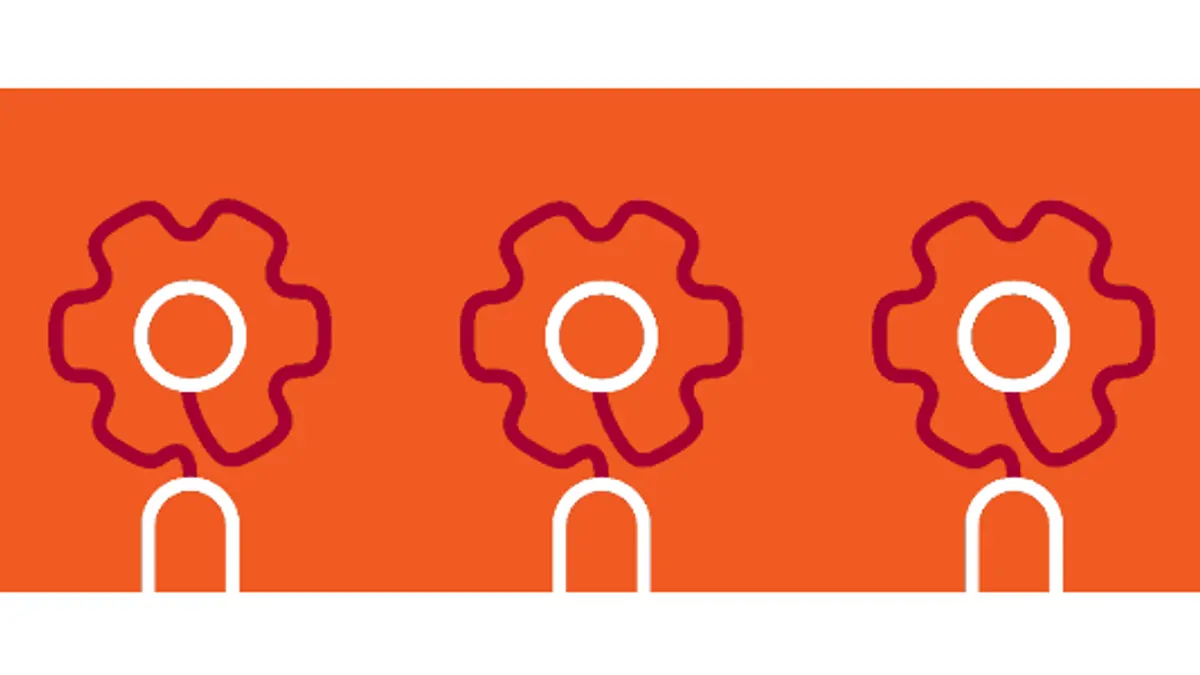There’s an alternative to rebuilding your entire business model from the ground up to avoid being disrupted. Unlock your utility’s agility to evolve into a resilient company that thrives and adapts in the most uncertain business climates.
The Great Disruption is affecting us all in the U.S. energy market where yesterday’s certainties are today’s potential liabilities. Utilities are contending with a particularly powerful mixture of legacy assets and digital disruption, coupled with entirely new forms of generation, energy storage, swiftly evolving consumer demands and changing legislation. But despite the state of flux, the disruption of your business doesn’t have to be inevitable.
Agility is the antidote.
More Than Just a Buzzword
Agility is more than a management fad, a buzzword, or a software methodology. It is the fundamental ability to react in the face of volatile, uncertain, complex, and ambiguous (VUCA) business contexts.
Becoming agile requires scrutinizing and challenging your current way of thinking and acting as a company. It enables the mobilization of new resources, rearrangement of roles and responses in the face of imminent challenges or competition, and constant learning by exchange at all levels.
In short, becoming agile doesn’t disrupt a business; it helps ensure that a business avoids disruption – and can itself become the agent of disruption.
The large number of businesses that have opted to become agile, as you can see in the graphic below, amply demonstrate that this organizational evolution is more than just a passing managerial fashion.

Rethink How You Think About Agility
Agility is characterized by several apparent paradoxes. It depends on rethinking hierarchies, but it’s not intent on destroying them. An agile organization knows when to have flexible processes, roles, and operations, but also when to be firm. It facilitates decentralization, but does not allow self-determination to fracture the business agenda.
To that end, unlocking your utility’s agile performance starts at the top, with a balanced leadership perspective that addresses several critical key areas.
First, the mindset of both employees and leaders. Second, the miscibility of your utility’s structures. Finally, your utility’s knowledge networks. Ask yourself the following questions when addressing these areas:
- Mindset of employees and leaders – How adaptable, teachable and self-organized are employees and top executives?
- The organization’s responsiveness – Is the organization capable on the level of processes and structures to change fast, and to adapt to changing conditions?
- Internal and external networking – Is the company able to perceive new trends, changing market conditions and values?
Once you’ve identified where and how your utility needs to change, the work of taking practical measures to transform it begins. Keep the following practices top of mind when you’re working to unlock your utility’s agile performance.

The agile manifesto
Consider also the value of following the agile manifesto: a set of principles purpose-built to help you understand and benefit from agility. Originally developed to guide software development, it has equal applicability and relevance for transforming U.S. utilities.

Time to start the conversation
Now is the right time to consider how your utility can maximize its agile performance. Your fiercest competitors are agile, your customers are becoming more so every year, and your employees may well expect an agile working environment in the near future.
Consider formulating an agility plan that identifies the structures and processes right for reimagining, given your business goals. If you’re unsure of how to start, we are here to help you.
innogy consulting is an energy-focused management consulting firm with operations in North America, Europe, and the Middle East. Backed by 40,000 energy experts at the innogy group, our 200 consultants drive projects from restructuring to innovation, change management to market capitalization, for leading U.S. energy companies intent on fortifying their businesses for the future. To learn more, visit innogyconsult.com.









